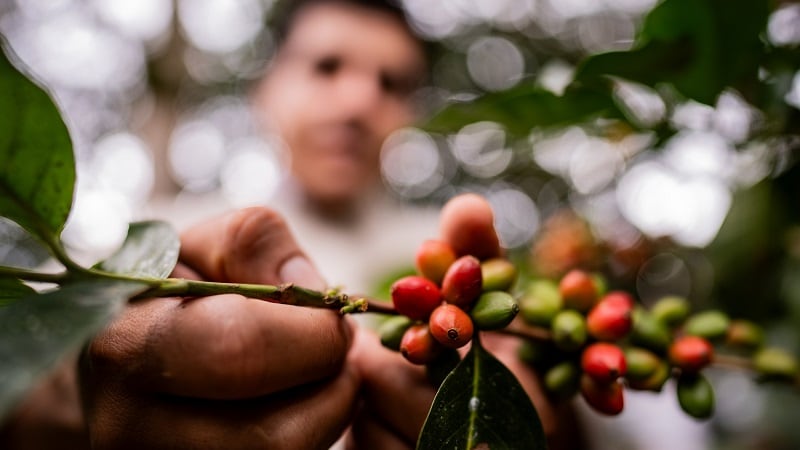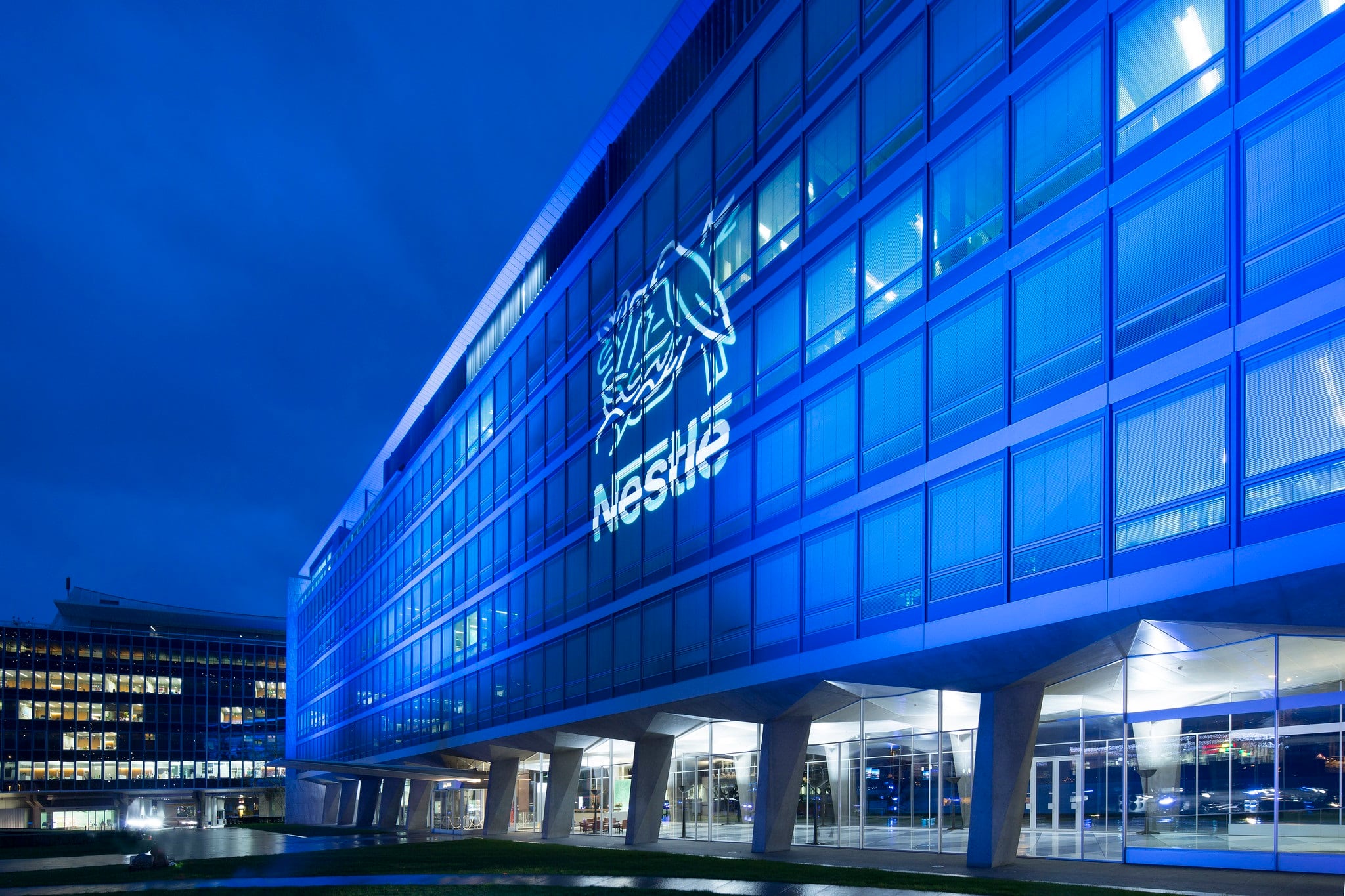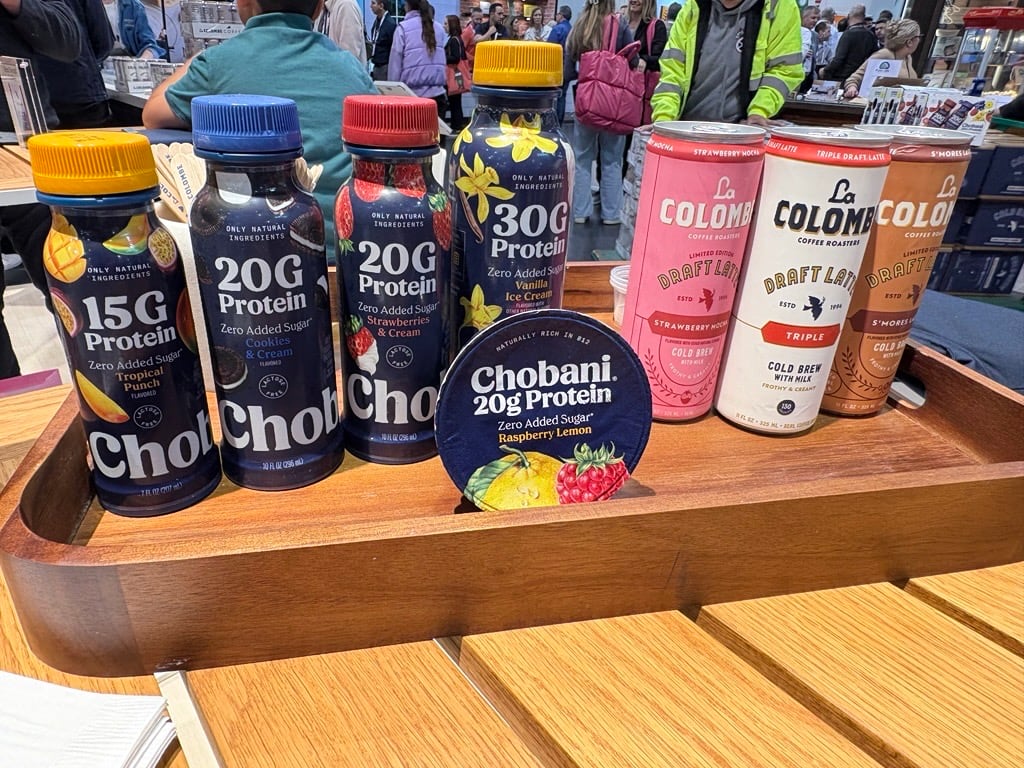Creating a sustainable coffee supply chain requires years of investment in regenerative agriculture and a focus on efficient manufacturing processes, resulting in greener drinks for consumers, global supply Westrock Coffee shared in its 2024 sustainability report.
“Responsible is a baseline, sustainable is a mid-term goal, but ultimately, what is beyond sustainable is regenerative,” Brooke Cantrell, VP of sustainability at Westrock Coffee, said. “Is that a feasible goal within the next five years? No, regenerative is a long-term commitment.”
Proper water management, biodiversity and EU deforestation regulation compliance are all part of creating a more regenerative coffee chain. However, “sustainability has no silver bullets,“ and regenerative practices are tailored on the farm to create the best outcome, she added.
“The amount of shade that is needed on one farmer’s hillside farm, it might be different than the amount of shade that is needed on another farmer’s hillside farm to balance their yields, and their ability to maintain cooler soil that needs less fertilizer,” Cantrell explained.
Sustainability in manufacturing
Building a sustainable supply chain requires complementing regenerative agriculture with efficient manufacturing practices, Cantrell noted.
Last year, Westrock converted an old paper plant into a facility that churns out ready-to-drink coffees for its customers, Cantrell said. The coffee supplier “took every opportunity to build in sustainable manufacturing controls,” she added.
The facility has more than 1 billion gallons of water recycling capacity, and 75% of the equipment comes with energy efficiency control systems, according to Westrock’s sustainability report.
Coffee prices remain high in 2025
Westrock’s sustainability reports comes amid coffee market volatility, where prices soar, Brooke Cantrell, VP of sustainability at Westrock Coffee explained. For the last three months, coffee prices hovered around “a sustained average” of around $3.94," a historical phenomenon," she added.
The facility management spun up the facility in a year and built the facility for “long-term sustainable manufacturing,” Cantrell elaborated. A team at the plant also works to minimize what it throws in the landfill, Cantrell said.
“Those are the pieces and all the tiny daily decisions that have to be made and maintained to run a sustainable manufacturing facility,” Cantrell emphasized.
Westrock’s 2024 sustainability report by the numbers
Westrock‘s annual sustainability report also updated sustainability metrics and outlined its 2030 agenda around three areas: sustainable supply and ecosystems, education and empowerment, and traceability and transparency.
Westrock will boost native biodiversity and restorative agriculture practices by educating farmers, reducing farming costs and bolstering “farm-to-customer connections,” as part of its 2030 goals.
Other achievements in the sustainability report, include:
- Westrock responsibly sourced 89% of its coffee in 2024, against a goal of 100% by 2025. Westrock developed the Real Root program to ensure that its coffee is not sourced from farms with forced labor or that are engaging in deforestation.
- RaÍz Sustainability training increased by 79% in 2024. The RaÍz Sustainability program educates farmers on sustainable farming.
- 370 conventional coffee products transitioned to more sustainable sources.
- Westrock reduced packaging waste 11%, water use 10%, electricity use 5% and landfill waste 4%.
CPG companies are pushing Westrock to provide transparent sustainability data and insights, while working together on ways to create a greener supply chain, Cantrell said.
“We have an industry-leading capability to trace our coffee from the farmers’ point of sale – who sold it, how much they sold, what they were paid – all the way through to the finished product, which gives our customers a lot of assurances,” Cantrell elaborated.





